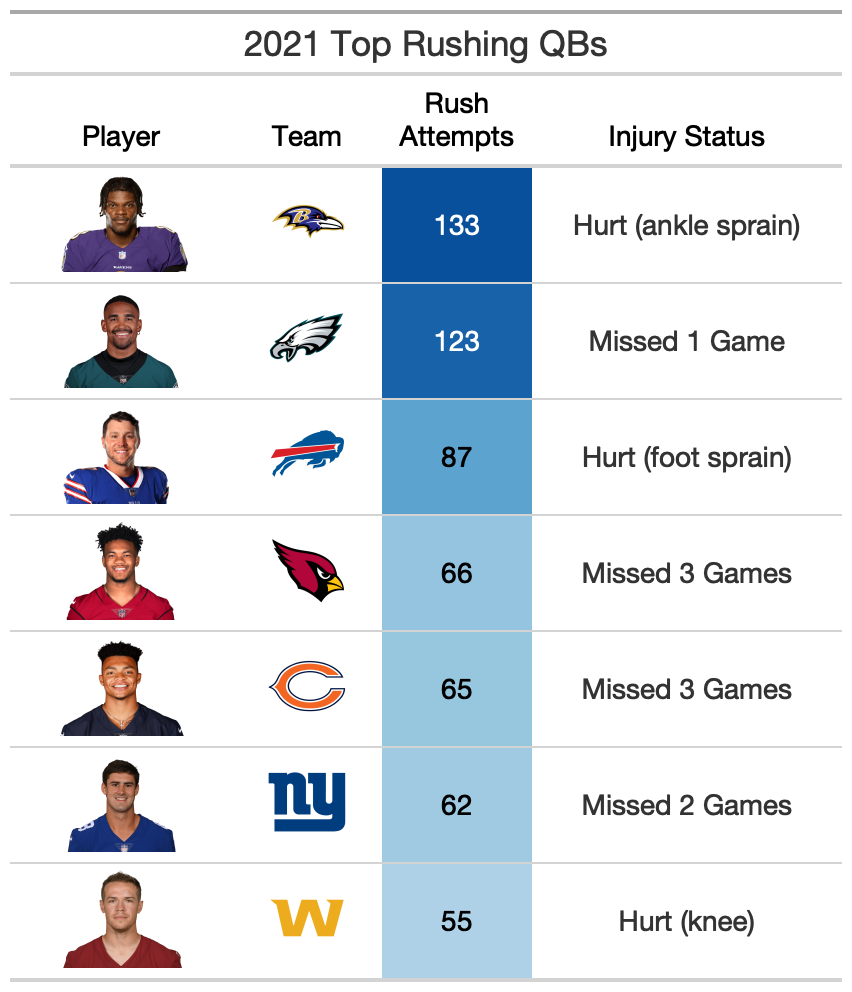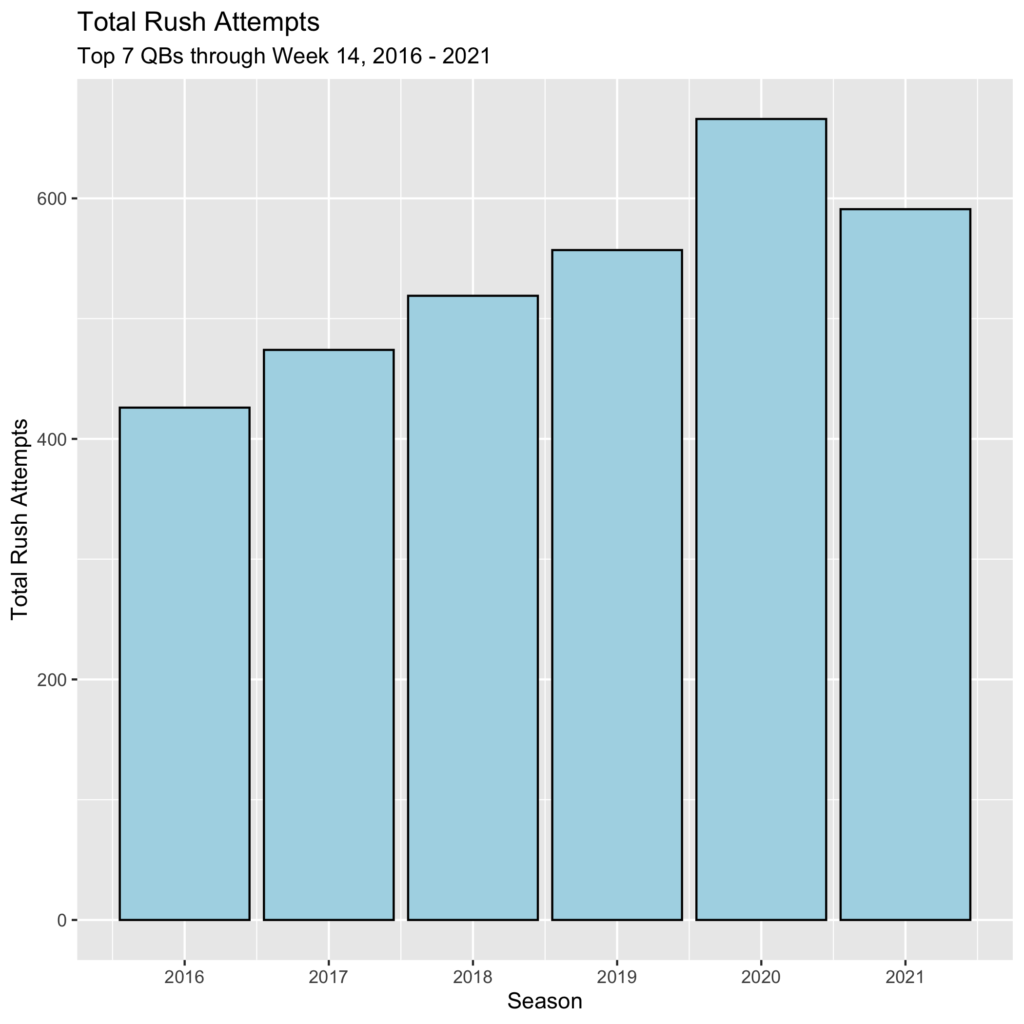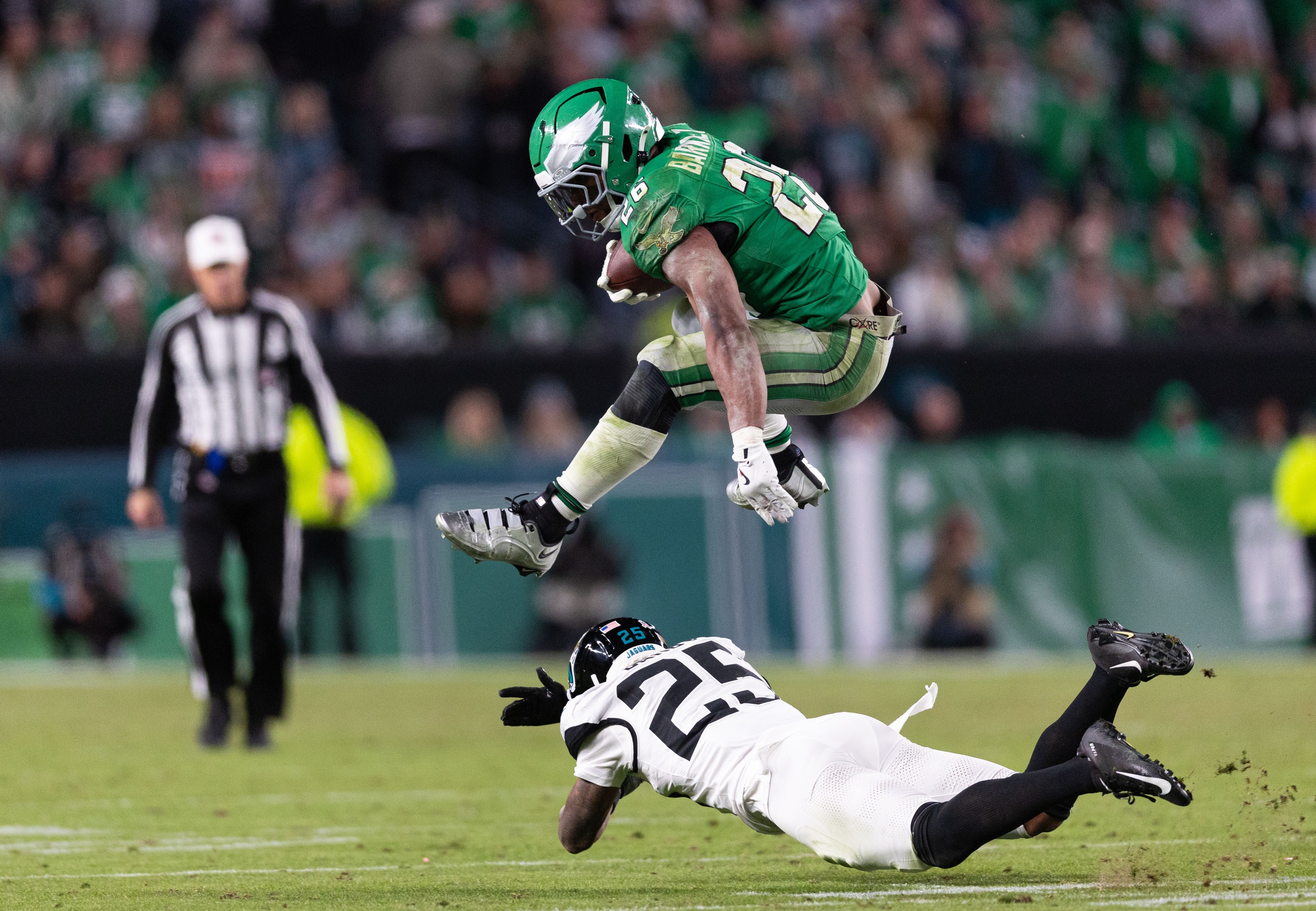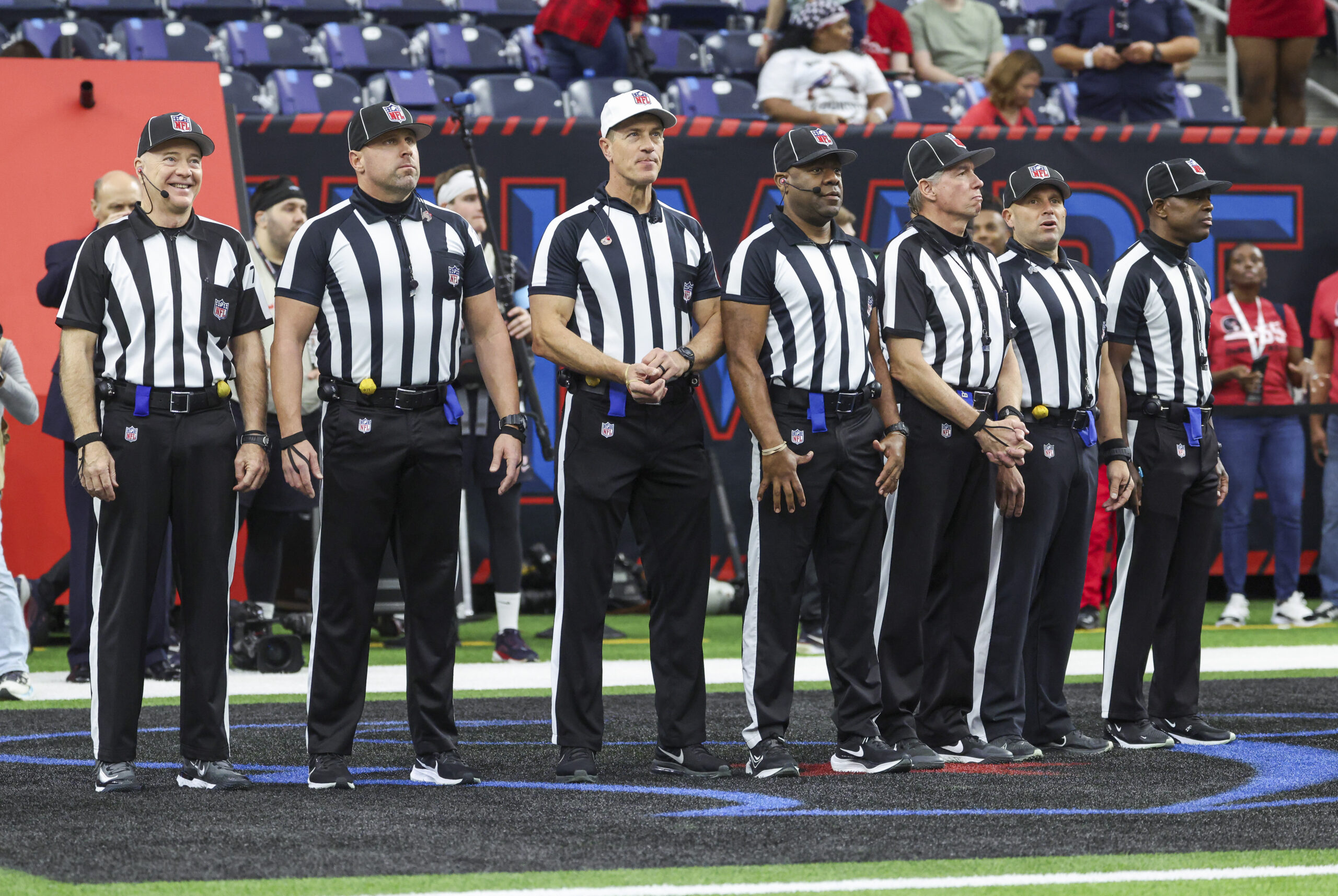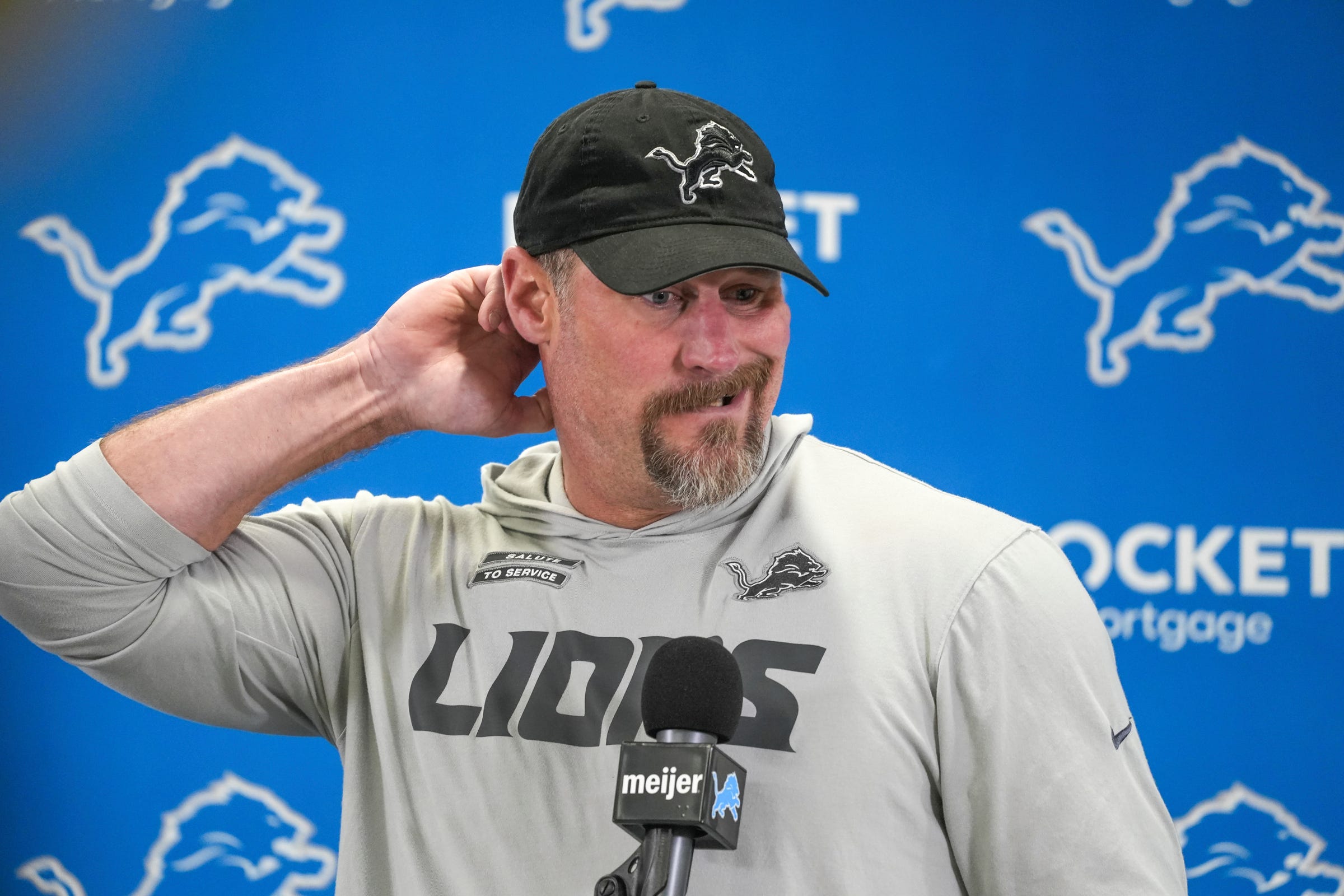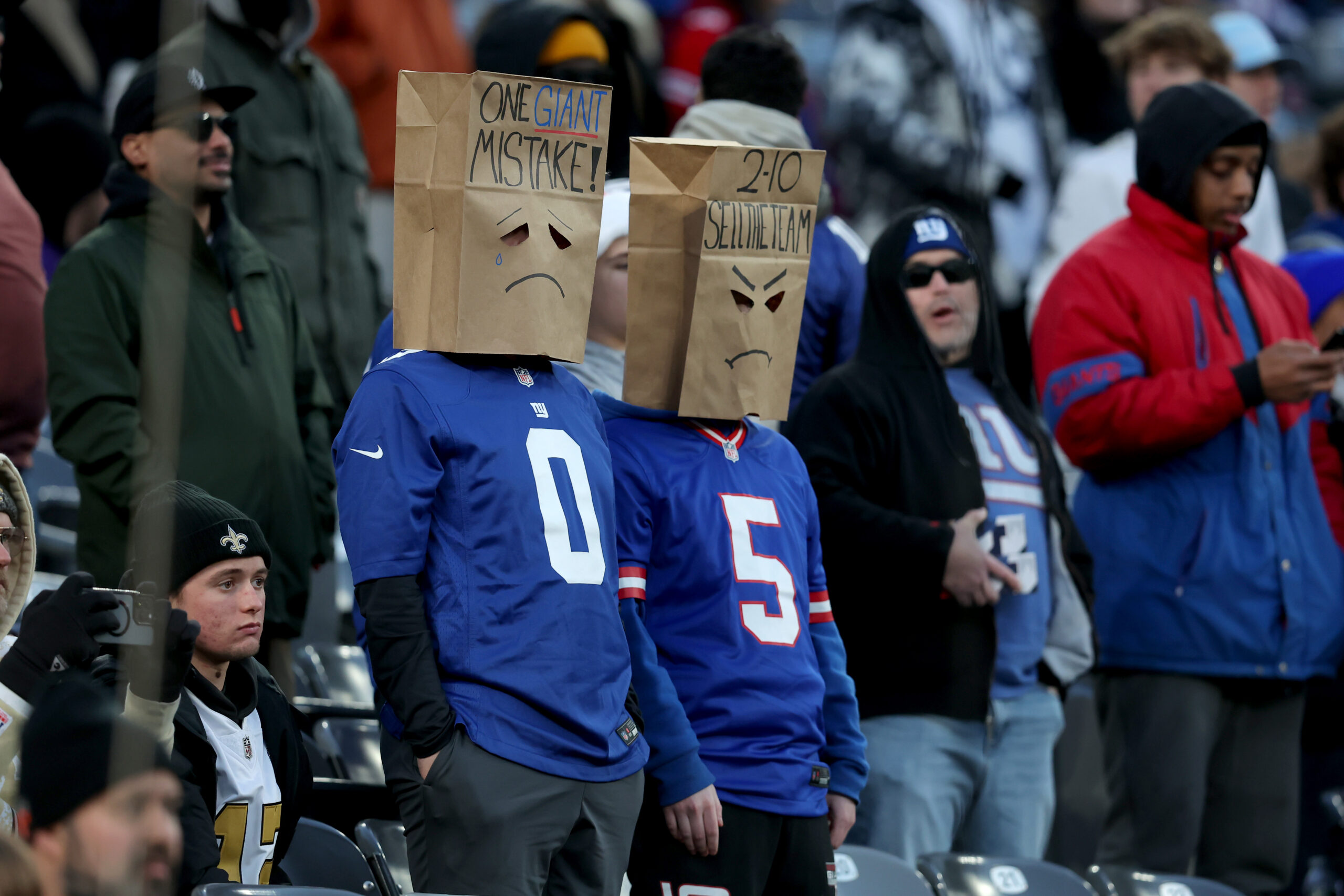Expert Analysis
12/14/21
5 min read
How to Build Around a Mobile QB
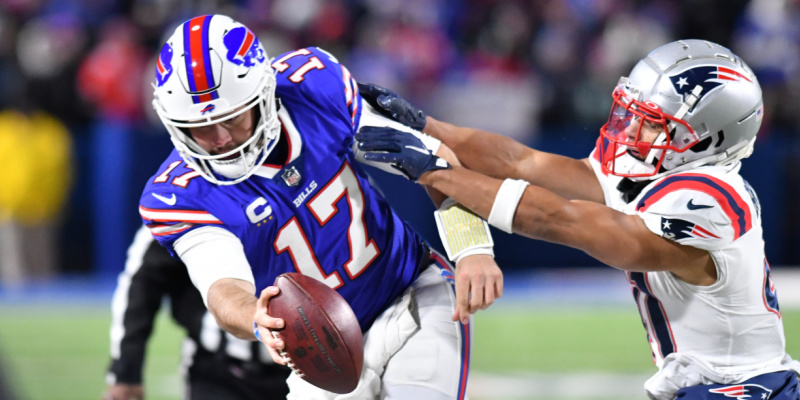
What’s Happening - Mobility and Injuries are Rising:
The game is changing, along with the nature of the QB position. Football is moving towards more mobile, athletic QBs. Due to their skillsets, these players are also more willing to run than ever before, and many have become the focal point of their respective team’s run game. Even if you look at college football, it’s clear that the proliferation of mobile QBs is a permanent change in the sport.
The tradeoff with increased athleticism and mobility is the propensity for these QBs to get hurt. Within the league, it’s widely accepted that running backs with substantial workloads will start to break down and descend five years into their NFL careers. As they take more hits while running the ball, the cumulative effect is wear and tear on the body that will lead to injury. There are some exceptions; Adrian Peterson and Frank Gore have had long careers, but these players are anomalies.
In line with this, it’s logical to think that QBs who run often will also be more susceptible to injury because of wear and tear. These injuries could be minor or major; they could occur on a pass or run. The QB might even be impacted in practice or pregame warmups. Regardless, we’re starting to see the accumulation of hits affect mobile QBs. All of the top QBs in terms of rushing attempts in 2021 have been hurt (to some extent):
What the Future Holds
When looking at the top QB rushers each season since 2016, the upward trajectory in rushing attempts is obvious. Based on the success they’re having and what we’re seeing in college, this trend is likely to continue and grow.
This discussion in front offices about players’ ability to withstand the 16-17 game season is not new. It began with running backs and now has expanded to include mobile QBs. What is new, however, is how many mobile QBs there are in the league.
To the extent that 2021 is predictive, there will continue to be questions about the best rushing QBs and their long-term viability. There are many NFL executives and coaches who would not risk the injury concerns despite the tremendous and undeniable upside. Others may take the risk, even though it isn't their preference. Prior to the 2020 draft, for example, Mike Tannenbaum was aggressive in his support of drafting Justin Herbert over Joe Burrow and Tua Tagovailoa. One of the main reasons he gave was that Herbert’s size would make him more durable. Tannenbaum’s sentiment here demonstrates that durability is a strong factor in how teams stack their draft boards.
The Two Strategy Changes
Because QB rushing is only increasing, teams must adjust their in-game and roster-construction strategies. Let’s start with the former.
Looking Forward
Kyler Murray is a great example of where we’re headed. He is an outstanding pocket passer and also an elite runner; yet, he is running less frequently than in prior years. Through 14 games last season, Murray had 49 more rushing attempts and 445 more rushing yards than in 2021.
The intent here is to minimize Murray’s risk of injury while not making him less effective in any meaningful way. Running only when necessary still forces the defense to prepare for his legs, and Murray’s athleticism will always be a game planning nightmare. Of course, Murray missed three games this season with an ankle injury, but this strategy will give him the best chance of staying healthy long-term.
Roster Construction
In terms of team-building, having a mobile QB necessitates investing substantial resources in the backup. I would either draft a backup QB relatively early or pay him more than the market would dictate. My goal would be to have a backup who could come in and win because the odds are he will have to play. Two teams that made wise decisions in acquiring strong backups are the Bills (Mitch Trubisky) and the Eagles (Gardner Minshew).
Although it remains to be seen if Josh Allen and Lamar Jackson will miss time, it cannot be understated how much any individual game can affect the playoff picture. Jackson’s injury against Cleveland may very well have cost the Ravens the AFC North title. Every game is therefore crucial.
Teams must acknowledge the injury risk with mobile QBs, along with the impact these injuries can have on playoff seeding. This is not to say that they should shy away from drafting athletic QBs. Teams should actually do the opposite, as their upside and value is unquestionable. I would certainly draft Jackson much higher than where he went knowing the current information. I would also draft Allen and Murray without hesitation. I would just make sure to be prepared for what is inevitable: aside from rare exceptions, mobile QBs will get hurt because of wear and tear.
Conclusion
The trend toward more running QBs is increasing, and there is no evidence to suggest that this will stop. A consequence of this trend appears to be an increase in injuries to mobile QBs due to wear and tear and the accumulation of hits. Accordingly, teams must adjust their in-game strategies in addition to allocating more resources to the backup QB. Doing so will allow mobile QBs and their teams to achieve maximum success.

